Picture a medication that blocks the effects of both booze and narcotics. Now toss in whispers about it being a secret weapon for everything from autoimmune illnesses to stubborn chronic pain. That’s naltrexone. Just saying, it’s not your typical headline-hogging pill, but its impact on addiction—and life beyond—deserves a double take. Forget movie stereotypes or hush-hush secrets whispered in addiction clinics. Naltrexone is being prescribed right now, quietly rewriting recovery stories, and sparking controversy about how society approaches addiction and wellness. Curious? Good. This is where myth meets facts, science rivals stigma, and everyday lives actually change.
How Naltrexone Works: Science Without the Jargon
Naltrexone isn’t some miracle cure you get in a mystery bottle—its reputation comes from something pretty straightforward: it messes with how the brain reacts to opioids and alcohol. This little pill (or sometimes an extended-release shot—the monthly injection is called Vivitrol) is known as an opioid antagonist. That fancy term just means it sits on the same receptors as heroin, morphine, oxycodone, or even your glass of wine. But, unlike those, it doesn’t trigger euphoria. Instead, it blocks the "high" so even if someone relapses, they won’t get the same reward, which takes the wind out of addiction’s sails.
Let’s get concrete. In plain English, if someone takes naltrexone, then tries to use an opioid or drinks alcohol, the experience is flat—cravings die down, urges get weaker, and because there’s no breakaway pleasure, many people find it a game changer. This isn’t a new drug, either. Naltrexone was FDA-approved for opioid addiction in 1984 and for alcohol dependence in 1994. But for years, most people didn’t get a chance to try it because old-school abstinence programs stuck to their no-meds rules, or doctors were nervous about using it. Now, with opioid deaths hitting nearly 80,000 in the US in 2022, and alcohol use disorder remaining one of the toughest chronic illnesses to treat, more clinics are handing out naltrexone with fewer raised eyebrows.
But here’s where it gets interesting. For opioids, it won’t work unless you’re totally detoxed—if someone still has heroin or painkillers in their system, naltrexone can kick them into a nasty precipitated withdrawal. That keeps doctors cautious. For alcohol, you don’t need to be stone-cold sober, though it works better as cravings slack off. Plus, naltrexone comes with a built-in safety net: no risk of physical dependence like what can happen with methadone or Suboxone. And, it’s non-addictive. Now, does it erase every craving for every user? Nope. But for those who stick with it, especially combined with therapy or a support system, the numbers are promising—up to a third of alcohol-dependent folks on naltrexone slip less often, and opioid users who stay on it after detox are less likely to relapse.
| Condition | Success Rate (reduction in relapse) | Formulation |
|---|---|---|
| Alcohol Dependence | ~30-40% | Oral daily pill or monthly injection |
| Opioid Use Disorder | ~15-25% (when continued after detox) | Monthly injection most common |
Naltrexone kind of reminds me of owning a Labrador like my dog George—sturdy, loyal, practical, but if you take your eyes off it or don’t use it as directed, things can go sideways. Some folks wake up to side effects they didn’t sign up for. More on that soon.
Real-Life Uses: Who Gets Naltrexone and What’s It Really Like?
When you actually meet people on naltrexone, it’s not just addicts trading one drug for another. Real users run the gamut: someone fighting to stay clean after painkillers, middle-aged parents who went to rehab for vodka, even professionals who started the pill because a friend mentioned it offhand at lunch. While the textbook says it’s for opioid and alcohol issues, the medical world keeps tinkering: there are doctors who’ll prescribe it off-label for things like compulsive gambling, binge eating, and even symptoms from chronic illnesses. This isn’t rebel medicine—it’s desperate times, creative measures.
Ever wonder what naltrexone feels like? Reports are surprisingly normal. Usually, it’s "meh"—just a sense that cravings aren’t running the show anymore. Sometimes, users feel a sort of emotional flatness, like someone put the music on mute. Not everyone feels this emotional dulling, but it’s one of the reasons people quit. Others get stomach issues, headache, tiredness or trouble sleeping the first two weeks. Rare but more troubling, a few people find their liver enzymes spike—a good reminder doctors should check labs before and during treatment, especially for anyone with prior liver problems.
Is there a magic formula? Not really, but some tips help: Take oral naltrexone with food to cut down nausea; if insomnia strikes, a morning dose is your friend. When using the long-acting shot, some people ice their butt beforehand—no joke, it numbs the pain. Want real-world proof it helps? In studies where people took naltrexone as part of a larger treatment plan—a support group, accountability partner, therapy—their odds of going a whole year without a full relapse shot up. Solo? Not as strong, but still better than nothing.
People with pets sometimes find companionship can double as therapy. My cat Duchess has been known to curl up on people who haven’t had a solid night’s sleep since starting naltrexone and somehow, that helps too. Recovery is rarely a solo job.
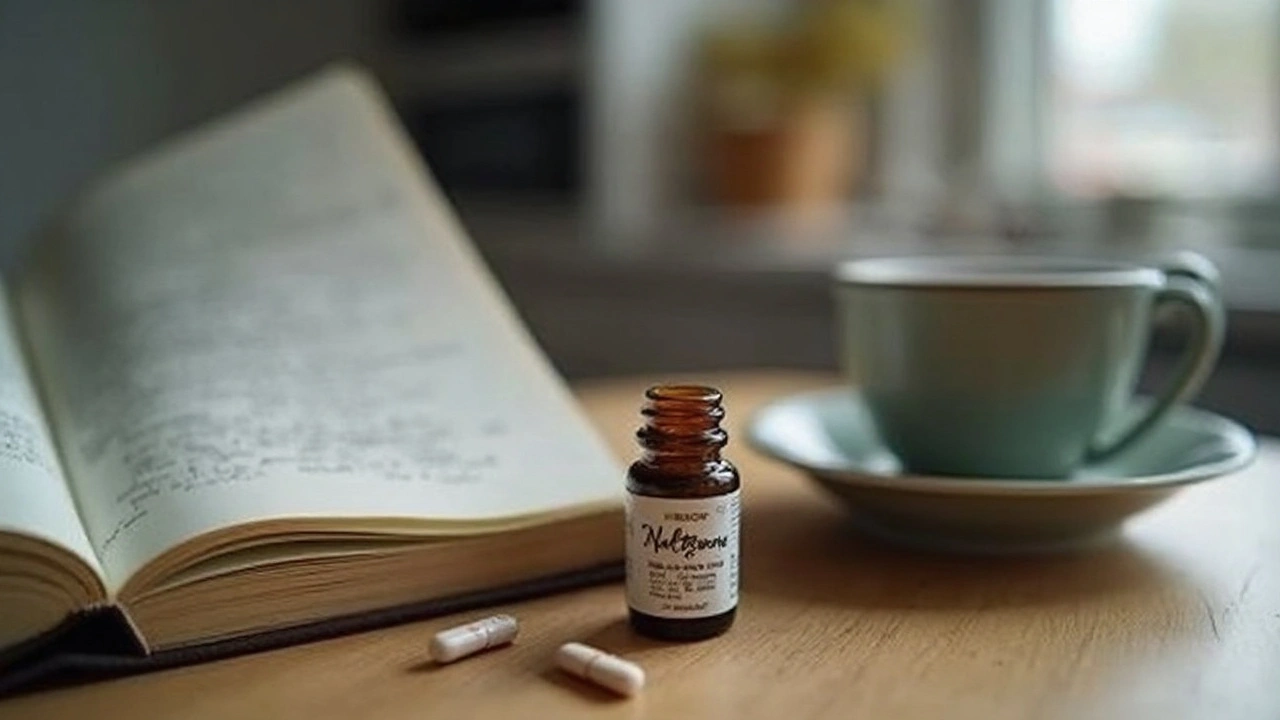
Myths, Misconceptions, and Surprising Off-Label Uses
Naltrexone, much like any medication that tackles the big, shame-heavy topics (addiction, cravings, willpower), comes with baggage. Some folks think it’s just for the worst-case drug users. Actually, it’s prescribed to a lot of functional, everyday people. Others worry naltrexone could make them feel "not like themselves" forever or that it’s dangerous to be on long-term. There’s very little evidence that naltrexone causes permanent personality changes or severe side effects with safe usage—though, yes, nobody should take it without a healthcare provider’s OK, especially with liver risks in mind.
Now for something you might not expect. Researchers have played around with low-dose naltrexone (LDN)—we’re talking tiny fractions of the regular dose—to treat conditions like fibromyalgia, Crohn’s, even multiple sclerosis. The thinking is that small amounts can tweak how the immune system behaves, dialing down inflammation. The science is still out—big reviews say it might help certain autoimmune problems, but it’s not a slam-dunk, insurance-coverage kind of use yet. People online rave about it, though, and some docs are willing to prescribe when more mainstream treatments flop.
No article about naltrexone is complete without tackling the myth that it’s a "crutch" or cheats real recovery. In truth, recovery has always worked best when you throw the kitchen sink at it: medication, therapy, community, maybe the right pet. No judgment, just results. And naltrexone, especially in combination, is showing better stats than going cold turkey or white-knuckling it.
Another wildcard use: Some clinics have tried naltrexone as a treatment for "problem drinking"—people who don’t meet all the criteria for alcohol use disorder but want to cut down. The Sinclair Method, for instance, says you take naltrexone about an hour before a planned drink, which supposedly trains your brain to find drinking less rewarding over time. Some swear by it, but scientists want larger trials before calling it a revolution.
| Condition | Typical Dosage | Reported Outcome |
|---|---|---|
| Fibromyalgia | 1-5mg/day | Improved pain and energy in some patients |
| Crohn’s Disease | 1-5mg/day | Some symptom improvement; more research needed |
| Binge Eating | 50mg before meals | Reduced frequency in binge episodes |
Bottom line: Naltrexone’s future isn’t set in stone. Medicine is full of "what ifs," and this drug keeps landing in unlikely places. I wouldn’t be surprised if we see even more creative therapies down the line, especially as stigma fades and more people tell their stories.
Tips for Using Naltrexone Safely—and Making Life Easier
If you or someone you know is starting naltrexone, good info can make the difference between quitting on day three and actually sticking it out. Here’s what the real-world users, not just pamphlets, recommend:
- Take with food: Especially the first week, eating beforehand helps keep nausea away.
- Time your dose: If you’re jittery at night, mornings work better. If groggy, try after breakfast.
- Communication is key: Be honest if you want to stop—sometimes, the dose can be tweaked or switched to the monthly shot (which is easier for some, since "out of sight, out of mind").
- Share your plan: Tell your pharmacy, tell someone close to you. If there’s a medical emergency, doctors need to know you’re on naltrexone, since painkillers won’t work normally until it’s out of your system.
- Liver checks: Get blood tests before and during treatment, especially if you have a history of liver issues or hepatitis.
- Still drinking or using? Be open with your doctor—naltrexone doesn’t create dangerous interactions itself, but it’s not a magic fix for detox. For opioids, you have to detox first.
- Keep expectations real: Cravings might not vanish instantly. Track changes over weeks, not days.
- Teamwork matters: Even if you don’t love groups, pair the med with some kind of support—therapy, recovery meetings, even text check-ins.
- Pets help. Seriously. My Labrador George has helped more people with his tail thumping at the right moments than some therapists. If you have a pet, you know what I mean.
Side effects? Most fade in days to weeks, but if anything feels wrong—jaundice, bad stomach pain, mood changes, allergic rash—call your doctor. Don’t wait it out or look up horror stories online. And just to be crystal clear: never use naltrexone right after taking opioids. The kickback is immediate and brutal, and it can land you in the ER.
There’s no award for brute-forcing recovery, and there’s nothing weak about using a tool that helps people keep their promises to themselves. Naltrexone doesn’t do the work for you—it just makes the fight less lopsided, and that’s often enough to change everything. And if you’re in the thick of it, remember, it’s not about being perfect. It’s about having one more chance—and sometimes, the chance comes in the form of a small, chalky pill.

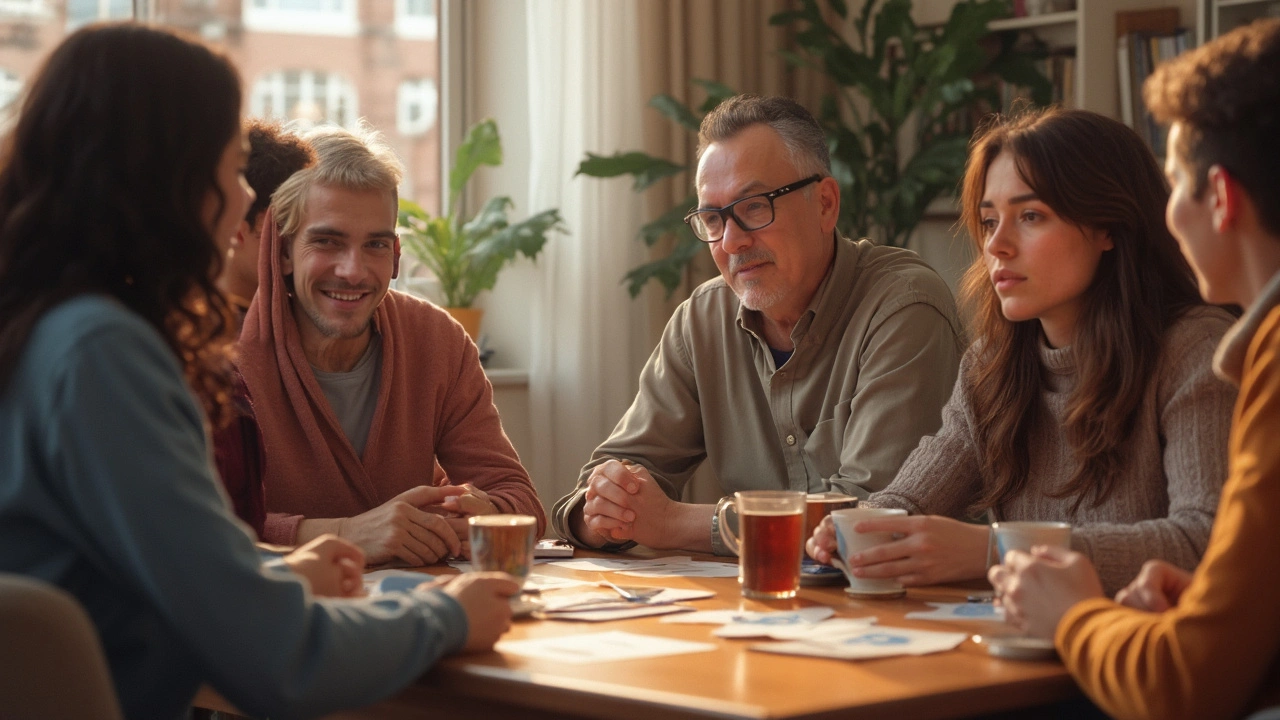

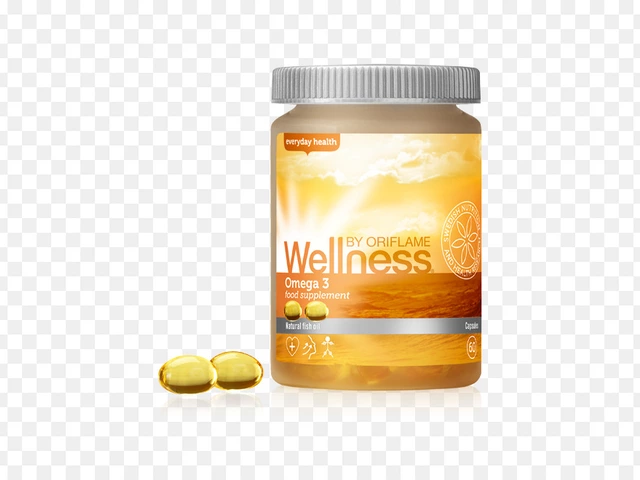
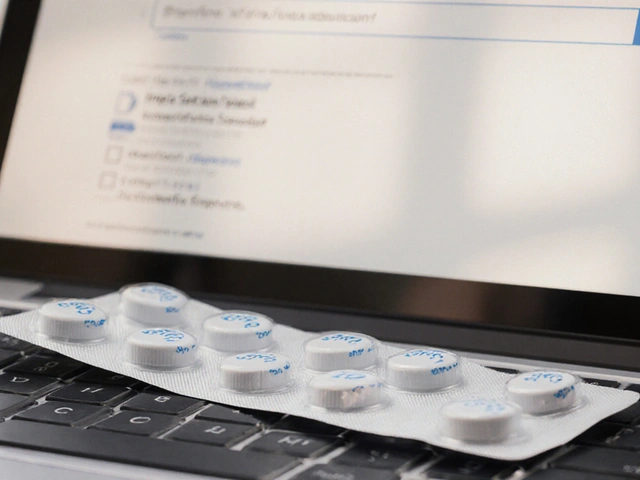
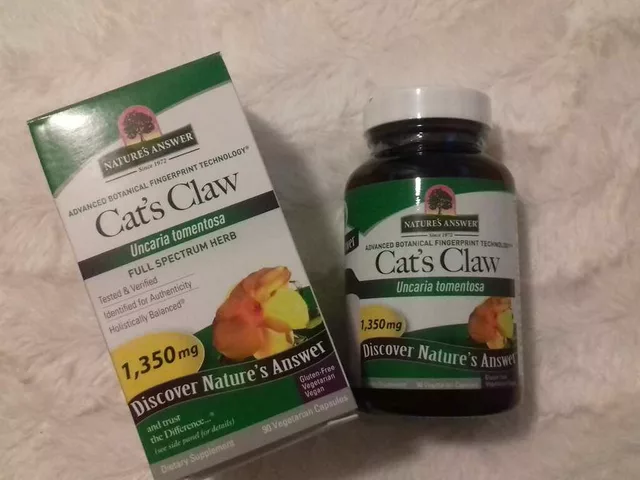
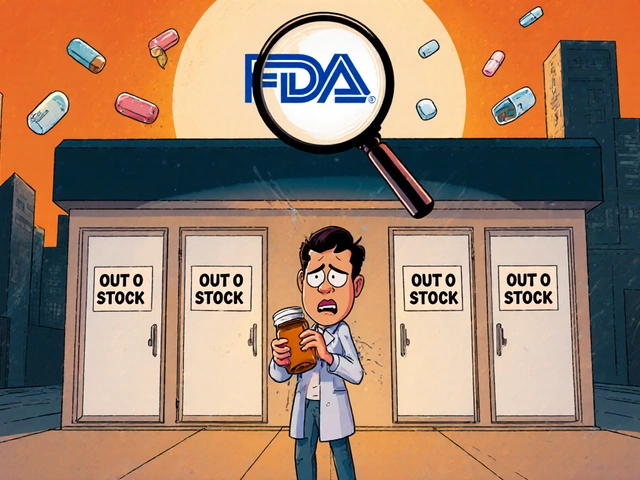
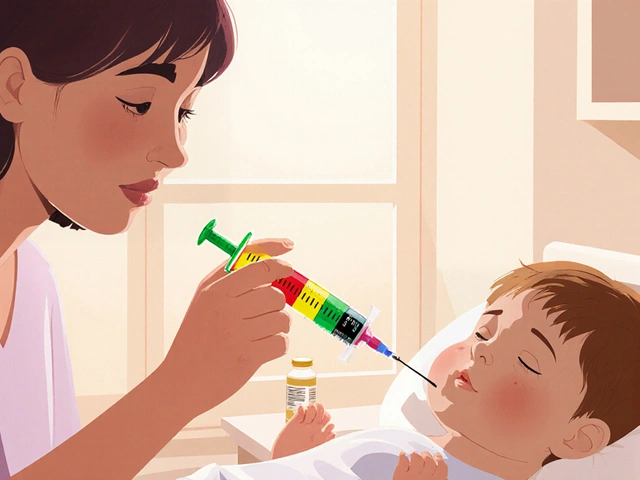

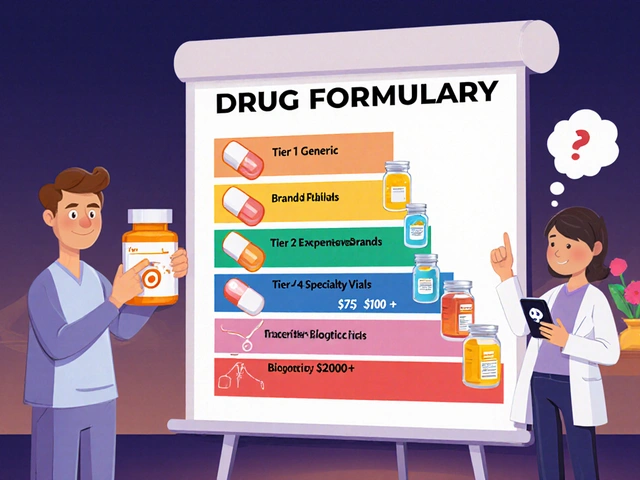

thilagavathi raj
Naltrexone is a mu-opioid receptor inverse agonist with pharmacokinetic properties that modulate dopaminergic signaling in the mesolimbic pathway-crucial for reward circuitry dysregulation in SUD. The 50mg oral bioavailability is ~95%, but first-pass metabolism via CYP3A4 necessitates hepatic monitoring. Vivitrol’s depot formulation achieves sustained plasma concentrations >10ng/mL for 28 days, suppressing craving via receptor occupancy >90%. LDN (1-4.5mg) exhibits immunomodulatory effects via TLR4 antagonism, potentially downregulating pro-inflammatory cytokines like IL-6 and TNF-α in autoimmune conditions. However, precipitated withdrawal risk mandates 7-10 day opioid washout. Not a panacea-just a precision tool in a fragmented addiction ecosystem.
Sandridge Neal
Thank you for this exceptionally well-researched and compassionate overview. It is imperative that we, as a medical and societal community, move beyond stigmatizing language and embrace evidence-based pharmacotherapies like naltrexone as legitimate components of recovery. The data is unequivocal: when integrated into comprehensive care plans-including behavioral therapy, peer support, and social reintegration-medication-assisted treatment significantly reduces mortality, relapse rates, and long-term healthcare costs. I applaud clinicians who are adopting this approach with diligence and empathy. Recovery is not a moral achievement; it is a biological and psychological process deserving of scientific support.
Diane Thompson
Okay but like… why are we even talking about this? It’s just a drug that makes you not feel good when you drink or do drugs. Sounds like a buzzkill. I’ve seen people on it and they’re just… flat. Like, emotionally dead. Also, I heard it’s expensive and insurance hates it. Why not just quit? Simple solution. No pills needed. 🤷♀️
Helen Moravszky
I’ve been on naltrexone for 11 months now and honestly? It’s been a game changer. I used to drink every night after work-just to ‘chill’-but now I don’t even think about it. The first two weeks were rough-headaches, weird dreams, nausea-but after that? It was like a fog lifted. I started journaling, joined a Zoom group, and even got back into painting. My dog Luna sleeps on my lap every night now and I swear she knows. I’m not ‘cured’ but I’m finally living. If you’re thinking about it? Try it. With support. You’ve got this 💪❤️
Reginald Matthews
Interesting piece. I’m curious-how many of the reported ‘successes’ in the 30-40% range are measured by abstinence versus reduction in consumption? And what’s the long-term retention rate beyond 12 months? Also, are there any studies comparing naltrexone to acamprosate or disulfiram in real-world primary care settings? The off-label LDN use for fibromyalgia is intriguing, but I’d love to see more RCTs with standardized dosing and placebo controls. Thanks for highlighting the human side-pets do help more than we admit.
Debra Callaghan
This is just enabling. People should have the willpower to quit on their own. You don’t see people taking pills to stop eating donuts or scrolling TikTok. Addiction is a choice. If you can’t control yourself, maybe you shouldn’t be around alcohol or drugs at all. This pill is a crutch for weak people who don’t want to face their problems. Shame on doctors for prescribing this like it’s candy.
Mitch Baumann
…and yet… *sigh*… the *real* tragedy here isn't the medication-it's the *lack* of *nuance* in public discourse. Naltrexone isn't a 'miracle'-it's a *tool*. A *biochemical lever*. And yet, we reduce it to moral binaries: 'weak' versus 'strong.' The *emotional flatness*? That's not a side effect-it's a *neuroadaptive recalibration*. We're not fixing 'bad habits'; we're rewiring *dysregulated reward pathways*. And yes, I *do* ice my butt before the shot. And yes, I *still* cry when my dog nuzzles me after 14 months sober. 🥺🐶 #LDNisn'tmagicbutitssavedme
Gina Damiano
My cousin started naltrexone last year and now she won’t stop talking about it. She’s texting me every morning like, ‘Guess what? I didn’t drink yesterday!’ and sending me links to LDN studies and telling me to get my liver checked. I just want to watch Netflix, but now I’m getting a blood test because she says ‘it’s for my own good.’ I don’t even drink! Why do I feel like I’m in a cult now?
Emily Duke
Ugh. I hate when people act like naltrexone is some kind of spiritual awakening. It’s a drug. A boring, chemical drug. People on it are just… numb. They’re not ‘healed,’ they’re medicated. And LDN? Please. That’s just quackery with a fancy name. If you have fibromyalgia, go see a real doctor-not some Reddit guru who says ‘take 1.5mg and manifest your pain away.’
Stacey Whitaker
My mom took naltrexone after her divorce. She said it didn’t make her feel better-but it made her stop needing to feel better. She started gardening. Took up Thai. Went to Bali alone. I didn’t know you could heal by not feeling anything. Turns out… you can. 🌿
Brooklyn Andrews
LDN for endometriosis? I’ve been on 4.5mg for 8 months. My pain dropped from 8/10 to 2/10. No more morphine. No more sick days. My OB said it’s ‘off-label’ but didn’t stop me. Australian doctors are weirdly open to this stuff. Maybe we’re just less scared of pills here? 🇦🇺
Joanne Haselden
As a clinical psychologist working in addiction services, I’ve seen naltrexone transform lives-not because it’s magic, but because it creates space. Space for therapy to work. Space for relationships to mend. Space for people to remember who they were before the addiction took over. The stigma around medication-assisted treatment is the real epidemic. Let’s normalize it-not as a last resort, but as a legitimate, science-backed pillar of recovery. And yes, dogs are co-therapists. Always.